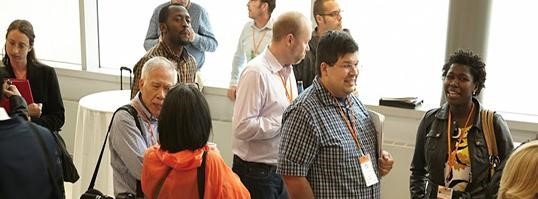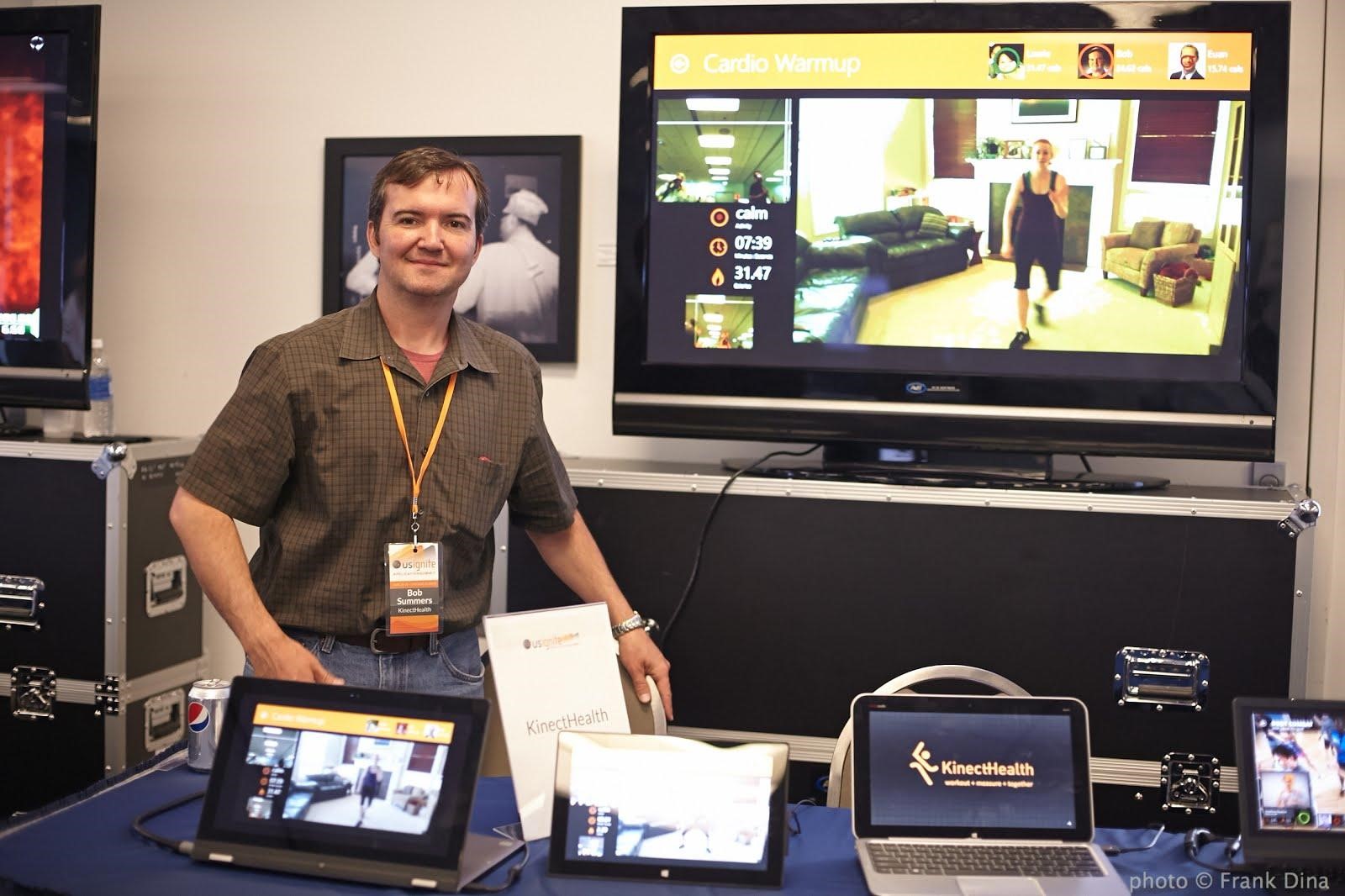
Building on the Administration's efforts responding to the driving demand for gigabit broadband networks, in 2012 the White House Office of Science and Technology Policy and the National Science Foundation supported the launch of the US Ignite initiative, a private/public partnership that is fostering transformation of the public sector by accelerating the development and deployment of next-generation applications.
An independent 501(c)3 non-profit organization, US Ignite is working closely with its partners to create an ecosystem of 60 applications and 200 test beds for next-generation applications that will have a profound impact on how Americans work, live, learn, and play. These applications capitalize on the potential for gigabit broadband networks to improve education and workforce development, advanced manufacturing, health, transportation, public safety, and clean energy.
As the Chief Geek at Fitnet, a virtual fitness app, Bob Summers has developed and marketed consumer Internet applications since 1994. Fitnet is his fifth startup, and the first that uses gigabit Internet and computer vision technology to help users achieve health goals with mobile interactive fitness sessions. Summers developed iSpQ VideoChat, a desktop video conferencing software, to reach over 3.0 million users from 196 countries and territories, and continues to be passionate about creating compelling online video experiences.
I recently spoke with Bob about Fitnet and his work using next-generation technologies to transform the health of people across the country and around the world.
Why next-generation technology?
Over the next five years, bandwidth needs will continue to grow. Some of the reasons for the increase in Internet traffic are well known: increasing video uploads, the availability of on-demand televisions and movie services, and the sheer number of smart, mobile devices connecting to the Internet continue to soar.
However, there are other reasons driving the need for substantially increased bandwidth that are much less obvious. They stem from nascent trends in application development, like those from the US Ignite community. The next-generation of the Internet is not just about going faster; it’s about to completely change how we approach everything from education to healthcare as we transition to an Internet of Immersive Experience. At US Ignite, we are on the forefront of these trends as we foster the creation of next-generation applications, and facilitate their launch on advanced network test beds around the country.
Is there an application being used now that utilizes these technologies?
Absolutely. Next week from June 24-27th in Silicon Valley, US Ignite will be hosting its second annual Application Summit, where we will be showcasing over 30 next-generation applications that benefit from new technologies like software-defined networking, local clouds, and gigabit to end-user. One example application that benefits from these technologies is Fitnet, a virtual fitness studio application.
The app combines unique fitness content, computer vision based biometric feedback, and social sharing. A global network of fitness trainers provide weekly video workouts (ex: yoga, Pilates, karate, kickboxing) delivered instantly to mobile and gigabit connected devices. Computer vision technology accurately tracks human motion relative to the trainer to provide real time feedback. Data from the algorithm is stored for goal progression, workout recommendations, analysis, and sharing.
Fitnet was an early member of the US Ignite community, and has been funded by Mozilla Ignite, an NSF EAGER grant, the Virginia Center for Innovative Technology, and most recently $1.4m in venture capital.
What advice would you give to someone interested in creating a next-generation application?
One of the best ways to get involved in our community is to create a profile on the new US Ignite Community Exchange. Once you register, you’ll have access to a growing list of next-gen resources, including a searchable list of next-gen applications, user-profiles to connect with other members, community hubs around common interests, test bed attributes, events, challenges, funding opportunities, and much much more.
Nick Maynard is Assistant Director for Telecommunications Innovation at the White House Office of Science and Technology Policy.



